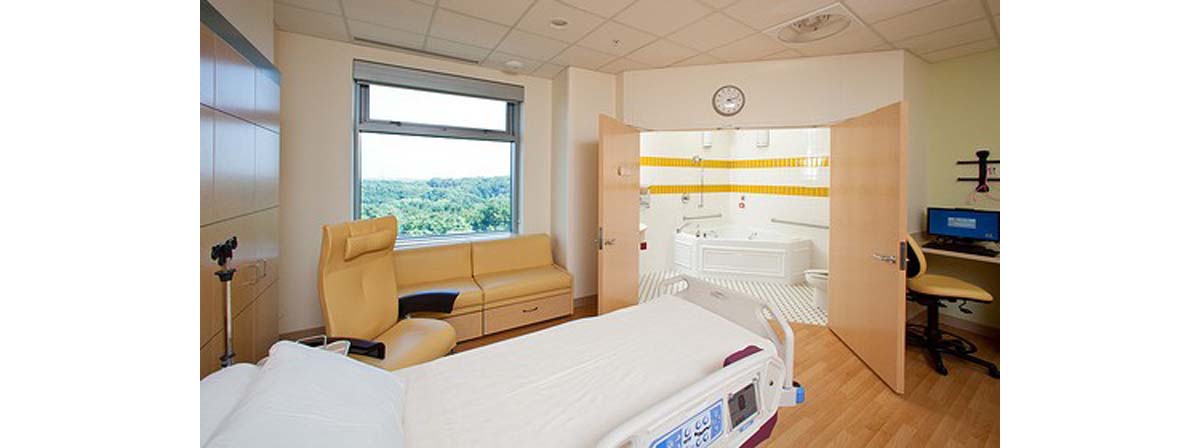Table of Contents
A birth center is a comfortable, home-like setting usually staffed by midwives. Birth centers are exclusively aimed at women experiencing low-risk pregnancies, who would like to experience a natural birth with few medical interventions. Birth centers can be an excellent choice, and their pleasant atmosphere appeals to many women.

Some birth centers have basic facilities, and look much like a hospital. But many are luxuriously decorated and give you the feeling you're enjoying a vacation in a nice hotel rather than giving birth. Birth centers typically have birthing tubs, balls, and stools, and they tend to actively encourage women to try out different positions during labor and birth. Some hospitals also have these facilities and attitudes, but they are harder to find.
Women who would love to give birth at a birth center should know that not all are equally equipped to deal with emergency situations. The first thing you should know is that, in the United States, there are several types of midwives. At birth centers, you'll usually find either Certified Nurse Midwives (CNMs) or Certfied Professional Midwives (CPMs).
Certified Nurse Midwives are nurses are advanced practice registered nurses who have also specialized in midwifery care. The midwives you will meet at hospitals are always CNMs. These midwives had rigorous training and a broad skill base.
Certified Professional Midwives have met the requirements set by the North American Registry of Midwives (NARM). In order to become certified, a person goes through a self-study program and apprentices with an experienced midwife. She'll preside over a small number of births under supervision, and answer 350 multiple-choice questions.
It's no wonder that many OBGYNs are critical of the CPM credential. Unlike a CNM, a CPM would not be able to practice in another first-world country like Canada or the United Kingdom. Individual CPMs may be excellent and experienced midwives, but their credential means they definitely require more scrutiny. That means you'll benefit from finding out how many births a particular midwife has led, if she's dealt with complications successfully, and if any mothers and babies have died in her care.
If you're going to go with a birth center birth, one prime concern is how long it would take you to transfer to a good hospital if the need were to arise. This is something you can test yourself by driving from the birth center to hospital both in light and heavy traffic. Some birth centers are part of hospitals, and some are even on hospital grounds. Though this gives some women comfort, it's good to note that these birth centers are generally a little more medically minded — the very thing you may be trying to avoid by giving birth at a birth center.
Finally, just in case you're wondering — you are not going to have access to epidural anesthesia at a birth center. If you're looking for an epidural but still want personalized care, a midwifery unit in a hospital may be a better option for you.
- Photo courtesy of george ruiz by Flickr : www.flickr.com/photos/koadmunkee/5504527538/
- Photo courtesy of UMHealthSystem by Flickr : www.flickr.com/photos/umhealthsystem/6106701978/
- Photo courtesy of B. Baltimore Brown by Flickr : www.flickr.com/photos/bbaltimore/43114675/


Your thoughts on this